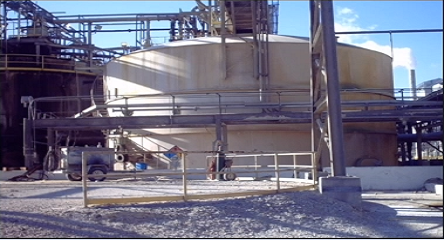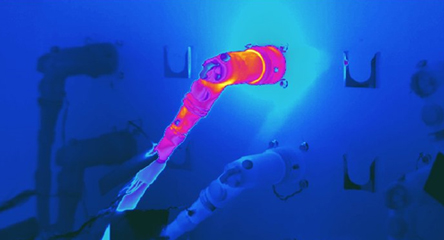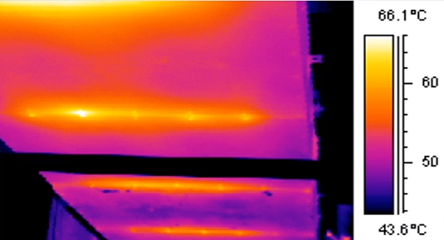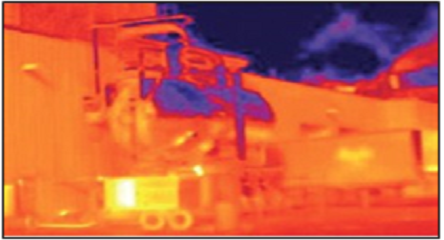Articles
EMSDs: Streamlined Maintenance and Reduced Downtime
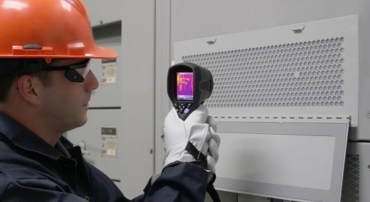
Figure 1: An infrared window, a type of EMSD. Source: IRISS
Electrical equipment requires periodic maintenance to continue to operate as designed, and it is well understood that this maintenance saves money in the long run. Unfortunately, the implementation of effective maintenance schedules can be costly and lead to wasteful downtime. Companies often stretch or push out maintenance schedules, put off equipment inspection or conduct less thorough inspections. These cost-cutting measures can have serious implications for the effectiveness of the maintenance. There is an inverse correlation between failures and inspection/maintenance frequency, with fewer inspections/maintenance leading to more unexpected electrical equipment failures. Furthermore, rushing the disassembly of equipment for inspection and maintenance in order to minimize downtime leads to increased risk and incidences of injuries and fatalities as well as maintenance induced failures.
This is not to say that companies should not try to minimize maintenance costs. It makes sense that any effective business would continuously reevaluate processes and implement solutions to reduce cost and increase productivity. But by stretching a maintenance schedule, the business effectively trades short-term gains for long-term losses through equipment failure while simultaneously increasing the health risks of their maintenance personnel. Businesses sticking to a regular maintenance schedule still lose valuable uptime as the maintenance crew dresses in Personal Protective Equipment (PPE) and disassembles the electrical equipment panels, doors and safety barriers for better inspection access. A better approach to improving the efficiency of the maintenance process is the use of electrical maintenance safety devices (EMSD).
EMSDs ensure personnel safety while reducing the cost of performing critical inspection work on electrical assets. Inspections of energized equipment are becoming increasingly
time-consuming, restrictive and costly due to tougher governmental and corporate safety regulations and more complicated electrical systems. EMSD technologies maintain an energized compartment’s closed and guarded condition, ensuring that personnel are not endangered. The design allows personnel to use electrical test equipment safely at any time, especially when equipment is under full load conditions, the time when the inspection yields its greatest value. It is worth noting that equipment failures do not always correlate with the P-F curve. Instead, many failures are the result of poor installation or defective parts. In these cases, there is a clear benefit to augmenting regular maintenance with condition-based maintenance (CBM) employing EMSDs. In addition, equipment and asset tracking tags as part of a “smart workplace” allows an organization to obtain critical information about equipment when and where needed and to track inventory and lifecycle information.
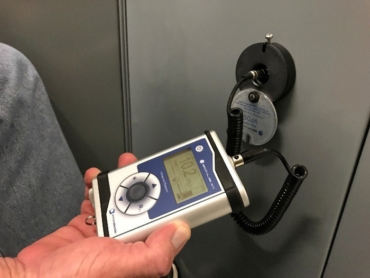
Figure 2: An Ultrasound Sensor Portand Handheld Ultrasound Detector. Source: IRISS
Electrical Maintenance Safety Devices Types
There are many types of EMSDs that can add efficiency and safety to the inspection/maintenance process. Some make inspections quicker and safer, while others monitor continuously in order to spot issues early on. Still, others track equipment maintenance and failures to help a business identify patterns and improve processes. The main types of EMSDs are windows, ports, online monitoring systems and intelligent asset tags.
Infrared windows effectively reduce downtime and risk while offering access to the points inside equipment parts require inspection and maintenance. Windows placed at targeted inspection points such as cable terminations or critical current-carrying components enable viewing in the visual, Ultraviolet, shortwave, midwave and longwave IR spectrums. Thermographers therefore gain full access to viewed connections without the significant risks associated with panel removal. IRISS provides flexible reinforced windows in a large number of shapes and sizes, making parts previously too difficult to reach accessible. Durable, fully impact-resistant windows with locking catches and proven compatibility with acids, alkalis, UV, moisture, humidity, vibration and high-frequency noise guarantee the maintenance process will be quick and safe.
Ultrasonic ports are used to detect arcing and tracking problems in electrical distribution systems and switchgear. They provide a standard and systematic approach to collecting data essential to establishing repeatable CBM by providing a ventilated, standardized measurement point. Maintenance personnel can therefore safely collect data on energized equipment without downtime. IRISS ports allow ultrasonic inspection but prevent objects pushed through the holes into the panel by complying with IP2x standards for safe maximum hole size in switchgear. Alternately, low cost ultrasonic sensors can be permanently mounted to electrical equipment allowing simple plug-in measurements with a handheld ultrasound detector.
Online monitoring systems attach directly to electrical enclosures. Asset surveillance is a crucial part of maintaining electrical equipment and helps identify issues very early on to avoid system damage and downtime. Critical asset surveillancetechnologiesincludemonitoringofpowerquality and partial discharges with permanently installed equipment and software. Continuous temperature monitoring devices can detect early warning signs of electrical equipment problems. IRISS offers a wireless, self-contained temperature monitoring system that attaches to electrical enclosures. It measures both interior and exterior temperatures and relative humidity to establish not just a temperature baseline, but also a delta baseline to minimize ambient temperature variation. The data is wirelessly transmitted for analysis and to establish trends, putting equipment temperature changes in historical context to ease problem identification.
Intelligent asset tags link maintenance instructions and equipment diagrams to simplify the inspection/maintenance process by providing technicians with the information they need when and where they need it. This invariably leads to safer working conditions and faster maintenance as the techniciandoesnothavetosearcharoundfordocumentations, or worse, perform service ad hoc. Critical set points and alarm thresholds are a scan away and can be updated based on CBM data. Asset tracking and equipment maintenance history trend analysis help a business better understand how and why systems are operating or failing. IRISS offers E Sentry Connect with near field communications (NFC) contactless Smart Card technology that allows smart phone devices with NFC to easily access the critical data described above.
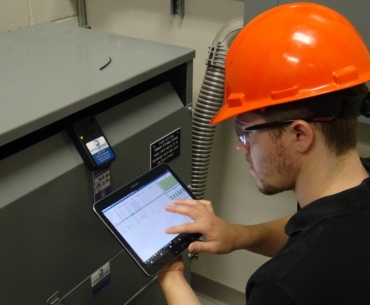
Figure 3: Delta T Alert – an online Temperature Monitoring System. Source: Iriss
Proactive Instead of Reactive
Businesses must periodically reassess processes to make sure they are as effective and efficient as possible. Electrical systems have become more complicated and compact within the past century. At the same time, safety regulations have increased and maintenance technicians must inspect and maintain a larger variety of systems while minimizing downtime. The old way of doing things—namely periodical equipment inspections by shutting systems down and disassembling them—has become too cumbersome and impractical. A new set of tools like EMSDs can streamline the process of maintaining electrical equipment, making it safer and more effective in the process.
Electrical maintenance safety devices are the 21st century maintenance solution for modern electrical systems. While safely accessing electrical systems used to take hours, EMSDs employ the newest materials and exploit the newest sensor technologies to shrink the inspection operation down to a matter of minutes. Critical Asset Surveillance uses wireless technologies to continuously monitor systems while operational, a more effective technique avoided in the past due to the danger involved. Technicians can now pull up instructions, thresholds and part and equipment histories on tablets or smartphones to more quickly and accurately diagnose potential equipment issues. Monitoring equipment can quickly identify potential defects, potentially avoiding costly damage to equipment over time and extending the life of electrical systems. Data analysis can identify patterns in the electrical systems monitoring and inventory data and suggest alternatives that can save money and add years to the lifetime of equipment.
As electrical systems evolve, maintenance systems must evolve too. Businesses can no longer afford the downtime involved in disassembling and inspecting equipment. Reducing maintenance/inspection frequency or taking shortcuts causes its own set of issues and does not save money or time in the long run. The way forward is embracing the advancements in materials, sensors and wireless communication devices and implementing a strategy that uses EMSDs to monitor, maintain and anticipate issues with electrical systems.


